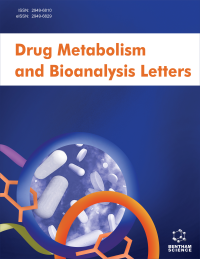
Full text loading...
We use cookies to track usage and preferences.I Understand

Sphingolipids are bioactive lipids that are essential for cellular functions like signaling, apoptosis, and proliferation. They are also important in the biology of cancer. The complex dynamics of sphingolipid metabolism and its consequences for the advancement of cancer are examined in this review. It highlights the regulatory functions of important enzymes such as ceramide kinase (CERK) and sphingosine kinases (SPHKs) in preserving the equilibrium between sphingosine-1-phosphate (S1P), a pro-survival chemical, and ceramides, which encourage cell death. Tumour growth, metastasis, and treatment resistance are all significantly affected by disturbances in this equilibrium. The review emphasizes the potential of sphingolipids as biomarkers for cancer prognosis and stratification, providing information on the course of the disease and the effectiveness of treatment. Their crucial functions in cellular signalling pathways that affect angiogenesis, immunological evasion, and drug resistance, all of which are linked to cancer, are also reviewed. Their role in the tumor microenvironment further highlights sphingolipids' significance as targets for novel therapeutic approaches. Improved clinical results and personalized cancer treatments are made possible by developments in sphingolipid biology and their potential as biomarkers. This thorough synthesis provides the groundwork for further studies that will use sphingolipid metabolism and signalling to create potent cancer treatments. In the fight against cancer, we can improve therapeutic efficacy and diagnostic accuracy by understanding these intricate relationships.

Article metrics loading...

Full text loading...
References


Data & Media loading...